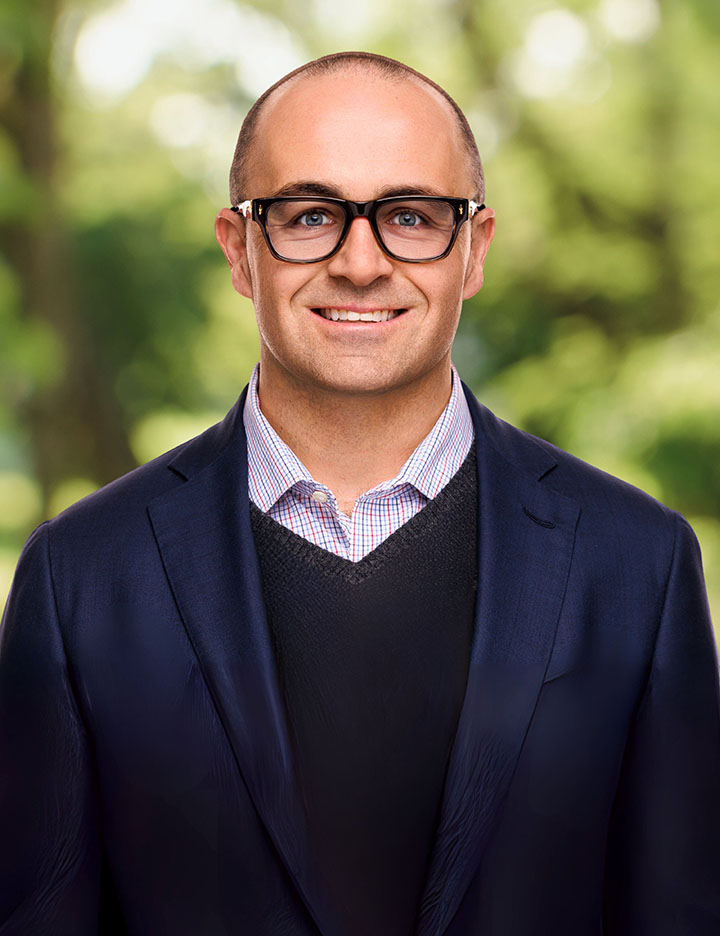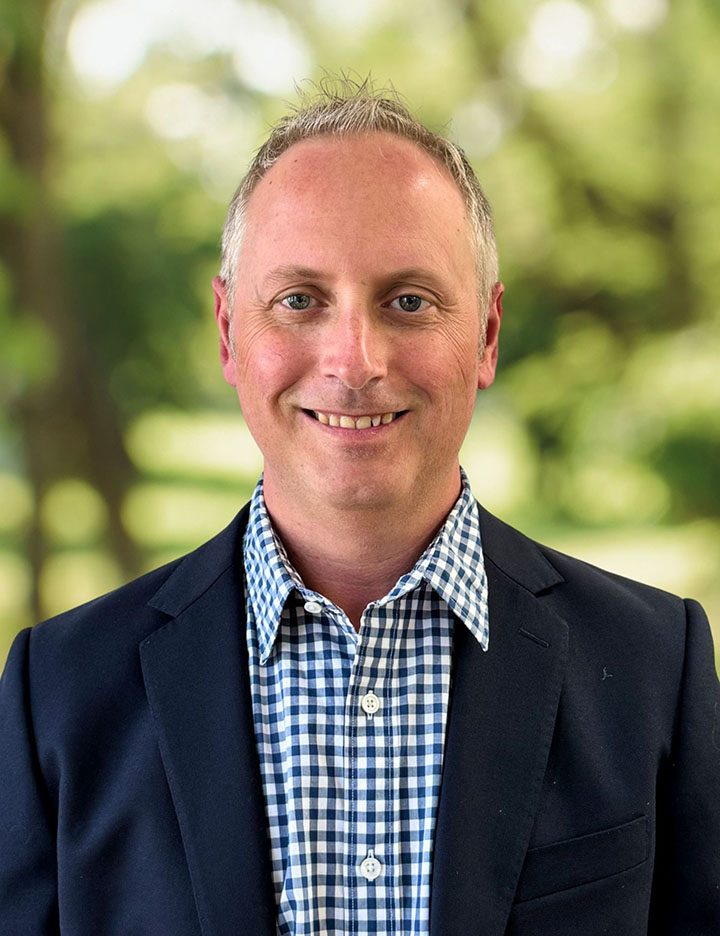By Hayden Spiess
Working in seniors housing is more than just a job, says Michael Pittore. Rather, “it’s something that is part of your DNA.”
This is true of no one more so than Pittore and Forrest Westin. The two executives, who recently took over leadership of Agemark Senior Living as co-CEOs, are actually the sons of the company’s founders and original leaders.
In the mid-1980s, real estate developers Richard Westin and Jesse Pittore met in San Francisco. Then, in 1985, the pair partnered on their first seniors housing project — The Evergreen Inn, an assisted living facility located in Vancouver, Washington.
At the time, the senior living industry was still in its nascence.
“They had to explain to people what assisted living is,” says Forrest Westin. “The challenge was educating the market on assisted living and how it differed from a ‘rest home’ or skilled nursing facility.”
Since that initial project, both the seniors housing industry and Agemark have undergone significant change. The latter now boasts a portfolio of 1,869 units across 28 total properties in six states including California, Iowa, Maryland, Nebraska, North Dakota and Washington. The properties are operated under 12 distinct brands.
The 28 properties across Agemark’s portfolio include 942 memory care units, 847 assisted living units and 70 independent living units
In addition to having ownership in 23 of the properties, Agemark serves as a third-party manager at the other five. Moving forward, the company expects much of its growth to occur through third-party management opportunities, as well as acquisitions.
Agemark generated headlines in April of this year when National Health Investors (NHI) partnered with the company, acquiring six of its Nebraska memory care communities for $63.5 million. As part of the partnership agreement, Agemark continues to operate those properties on a master-lease basis.
Westin and Pittore officially assumed their roles as co-CEOs this June, with Marty Hug stepping down from the position to serve as executive chairman of Agemark.
“My 38 years at Agemark have been a tremendous blessing to me and my family,” said Hug at the time of the transition. “I am honored to continue at Agemark because I still wholeheartedly believe that what we’re doing matters to residents and their families. And believe me, there are no better leaders than Michael and Forrest to carry us into the next 40 years of innovation, quality service and exceptional care.”

Zeal for Analysis
Hug’s confidence in Agemark’s new generation of leaders seems well founded. Unsurprisingly, Pittore and Westin have a deep familiarity with the seniors housing industry. “We grew up in this business,” attests Westin. “We’ve been around seniors and senior living for our entire lives.”
Aside from their overlapping family histories, Westin and Pittore say that they share similar educational and professional backgrounds.
Following his graduation from Middlebury College in 1999, Westin worked for Deutsche Bank and earned a master’s degree in real estate development from Massachusetts Institute of Technology (MIT) in 2003. A year later, he joined Agemark on a full-time basis.
For his part, Pittore has been with Agemark for roughly a decade. He graduated from Cornell University in 2008 and began working for Goldman Sachs. After a tenure of his own at Deutsche Bank, he returned to San Francisco and joined Agemark in 2015.
Among their shared interests is a penchant for analysis that informs their business approach, says Westin. “Both of our backgrounds were very analysis-based in terms of our prior professional careers,” he explains. “[Pittore] studied engineering at Cornell, and I went to MIT — they’re both analytical places,” he continues.
This has afforded Westin and Pittore a distinct insight into and approach to running a senior living organization.
“We’re analytical,” agrees Pittore. “Getting to numbers, whether that be from surveys or data we can get from our different dashboards, that really helps move things.”
A Calling
Despite the ability to home in on data and other sources of information with what might be described as a clinical objectivity, Pittore and Westin are also well attuned to the fact that they are in a people-focused business.
“We’re a big people business,” Pittore puts it. “We have 1,500 people in our company and over 1,800 residents.”
According to the CEOs, some of those employees have been with Agemark for more than 30 years. “It’s not just a job,” Pittore says of working in senior living. “It’s a calling.”
Feeling connected to this calling is especially important for the frontline caregivers who work in Agemark’s communities and their motivation, argues Pittore.
“The person that is driving our outcomes is a caregiver that’s getting paid a relatively low wage and doing a very difficult job, both emotionally and physically,” he elaborates. “If you don’t feel that the company or the place that you’re at values that ‘beyond-a-job’ feeling from the top down, it’s hard to show up for the residents in that way.”
One way that Agemark fosters success and positive resident outcomes, therefore, is through the careful cultivation of company culture. “Something that we protect very aggressively is our culture,” shares Pittore. “It drives better experiences for residents, better relationships.”

Change as Crucial
Agemark is also investing in the long-term success of its communities by identifying opportunities for meaningful change. “One thing we talk about a lot is evolution,” relays Westin. “If you’re not changing, you’re dying.”
Westin reports that the culinary experience is one that has been transformed over the past 10 years at Agemark properties.
“We identified that the culinary experience in senior living was antiquated; we shouldn’t have a cafeteria dining experience,” he shares. “It needs to be a restaurant-style dining experience, even in our memory care wings — just because you have cognitive challenges doesn’t mean that you don’t enjoy a meal.”
In order to begin elevating the dining program at Agemark communities, the company first hired a strategic consultant. Now, the organization has an internal position dedicated to ensuring culinary quality. “His entire job is to make sure that the culinary experience at our communities is best in class,” Westin adds.
Agemark’s new CEOs also see the need to shift offerings to cater to a new generation of incoming residents and their families. This includes a focus on wellness and holistic care in addition to providing more basic nursing support.
“It has to be an engaging wellness program,” confirms Westin. “That isn’t just medication management, it’s caring for the whole person.”
Pittore concurs, identifying meditation as one component of such a wellness program. “I meditate every day; it’s really helped me personally,” he shares. “Those are going to be the types of things that the baby boomer generation is going to gravitate toward.”
Agemark also provides a life enrichment program that helps residents have “bucket list” experiences. For instance, one woman had never attended a Major League Baseball game. Agemark arranged not only for her to attend a Baltimore Orioles game, but also to have her throw out the first pitch.
Experience Over Extravagance
By focusing on day-to-day experience and the relationships between residents and employees, Agemark is able to provide a quality product even amid the industry-wide issues of rising costs and struggles with affordability.
Pittore reports that Agemark Senior Living offers communities across a spectrum of affordability, with both higher-end and more financially attainable options. He says that Agemark has “both Ritz Carlton” and “lower-end versions” of its product, with a good deal of variation in the physical qualities of the communities.
“I don’t want to be holed into only being able to operate if a building looks a certain way or is built in a certain year,” he adds.
“What matters the most isn’t necessarily whether you get a filet mignon at dinner,” says Pittore.
Rather, it’s the people that define a senior living experience, and that is where Agemark puts its focus, regardless of a community’s price point.
As Pittore puts it, “it’s how much you like those people that are taking care of you” that matters.
— This article originally appeared in the July issue of Seniors Housing Business magazine.

